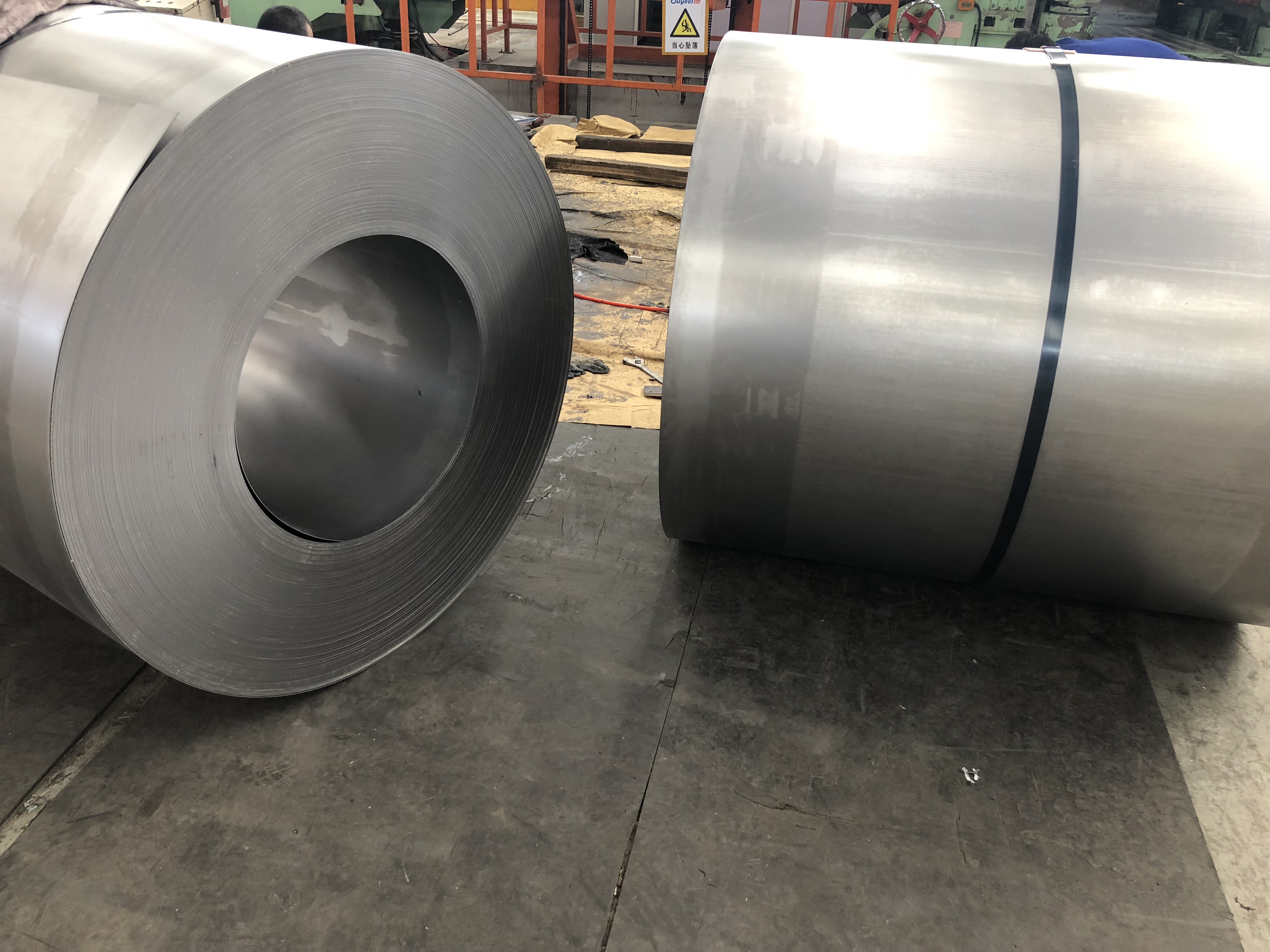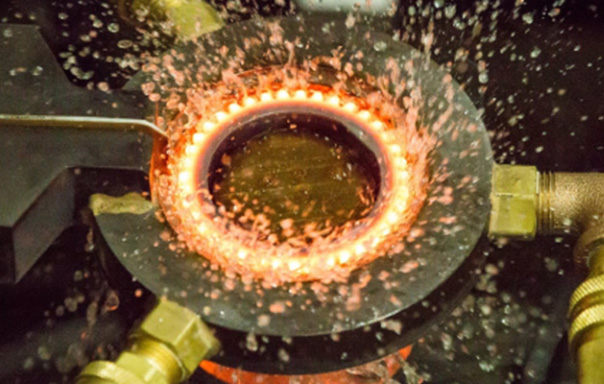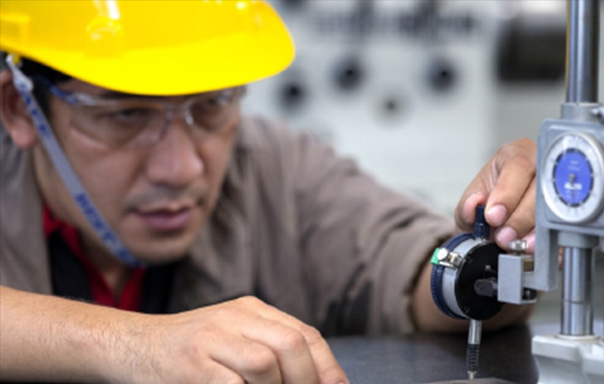In the modern motor manufacturing industry, electrical steel stands as a core material whose significance cannot be overstated. Its performance directly impacts the efficiency, power density, and operational stability of motors. Electrical steel is primarily categorized into grain-oriented silicon steel sheets and non-grained silicon steel sheets, each excelling in distinct aspects of performance, manufacturing processes, and application fields.
I. Definition and Basic Characteristics
Grain-oriented silicon steel sheets undergo specialized heat treatment during manufacturing to align the crystal grains in a specific direction. This alignment grants them higher magnetic permeability and lower core loss along the oriented direction. Such properties make grain-oriented silicon steel sheets particularly suitable for AC motors, especially in high-frequency applications.
Non-grained silicon steel sheets, on the other hand, lack directional grain alignment, resulting in randomly distributed crystal structures. While their magnetic permeability and core loss performance are relatively inferior, their isotropic magnetic properties make them widely applicable in various motors and transformers, particularly where 360-degree magnetic conductivity is required.
II. Manufacturing Processes
The production of grain-oriented silicon steel sheets involves more complex and precise processes compared to non-grained sheets. Key steps include:
-
Melting and Casting: Iron and silicon alloys are melted and cast into slabs.
-
Hot Rolling: The slabs are hot-rolled at high temperatures to achieve the desired thickness.
-
Annealing: Controlled-atmosphere annealing promotes grain growth and orientation.
-
Cold Rolling: Further thinning enhances strength and surface finish.
-
Surface Treatment: Insulating coatings are applied to minimize interlamination current effects.
In contrast, non-grained silicon steel sheets follow a simpler process: melting, hot rolling, cold rolling, and coating, without specialized grain-orientation treatment.
III. Magnetic Performance Comparison
Grain-oriented silicon steel sheets exhibit superior magnetic properties along a specific direction. For instance, when current flows along the oriented grains, core loss is significantly reduced, improving overall motor efficiency. Their magnetic permeability is typically several times higher than that of non-grained sheets, making them ideal for transformers and synchronous motors.
Non-grained silicon steel sheets, however, offer relatively uniform magnetic permeability in all directions, making them better suited for applications requiring multidirectional current flow, such as in motors and speed control systems. While their unidirectional magnetic performance is weaker, their isotropic nature ensures versatility in various transformers and motors.
IV. Application Fields
Grain-oriented silicon steel sheets are widely used in transformers, high-efficiency motors, generators, and other devices requiring high magnetic permeability. For example, in power transformers—where magnetic flux direction is predominantly fixed—they effectively reduce energy loss and enhance efficiency.
Non-grained silicon steel sheets, valued for their compatibility and adaptability, are commonly applied in motors, induction motors, and other scenarios demanding uniform 360-degree magnetic properties. They deliver reliable performance across diverse operating conditions, making them the preferred choice for general electrical equipment.


Baoshan District,
Shanghai, China.



